New framework unravels menopause timing
Researchers have developed a theoretical framework that quantitatively predicts menopause timing.


New research digs into menopause timing, shedding light on ovarian aging and fertility.
Menopause, driven by ovarian aging and the depletion of ovarian reserve, marks the end of a woman’s fertility, and while many aspects of these processes are well understood, the overall dynamics remain unclear.
The study in Biophysical Journal introduces a new approach to unraveling the complex patterns of ovarian aging using stochastic analysis, a mathematical approach that examines systems by evaluating all potential outcomes using random probability.
Led by Anatoly Kolomeisky, professor of chemistry and chemical and biomolecular engineering at Rice University, the research team has developed a theoretical framework that quantitatively predicts menopause timing.
By analyzing how ovarian follicles transition through different stages, the researchers’ model explains why menopause occurs and sheds light on individual variability and cross-population differences. These insights could improve fertility planning, inform health care decisions related to hormonal therapies, and enhance our understanding of age-related health risks associated with ovarian aging.
“By considering menopause as a sequential process involving random transitions of follicles, we can better understand individual variability and population-wide trends in menopause timing,” Kolomeisky says.
The research team hypothesized that ovarian aging follows a stochastic sequential process influenced by follicles transitioning through multiple developmental stages. Unlike previous studies focusing primarily on hormonal and genetic influences, this study employed explicit analytical calculations supported by extensive computer simulations.
The approach allowed researchers to model the gradual depletion of ovarian follicle reserves, providing a detailed quantitative framework that aligns with medical data from diverse populations.
“By applying stochastic analysis, we can move beyond broad observations and develop precise, predictive insights into menopause timing and variability,” Kolomeisky says.
The researchers discovered a universal relationship between three critical factors: the initial follicle reserve, the rate of ovarian depletion, and the threshold that triggers menopause. Their model also revealed that menopause occurs within a surprisingly narrow age range, a phenomenon that had not yet been fully explained.
“One of the most unexpected findings was the synchronization of follicular transitions, which may regulate the timing of menopause,” Kolomeisky says.
“This suggests that underlying biochemical processes ensure a relatively consistent age of menopause despite individual variations.”
Support for the work came from the Welch Foundation and the Center for Theoretical Biological Physics.
Source: Rice University
The post New framework unravels menopause timing appeared first on Futurity.




























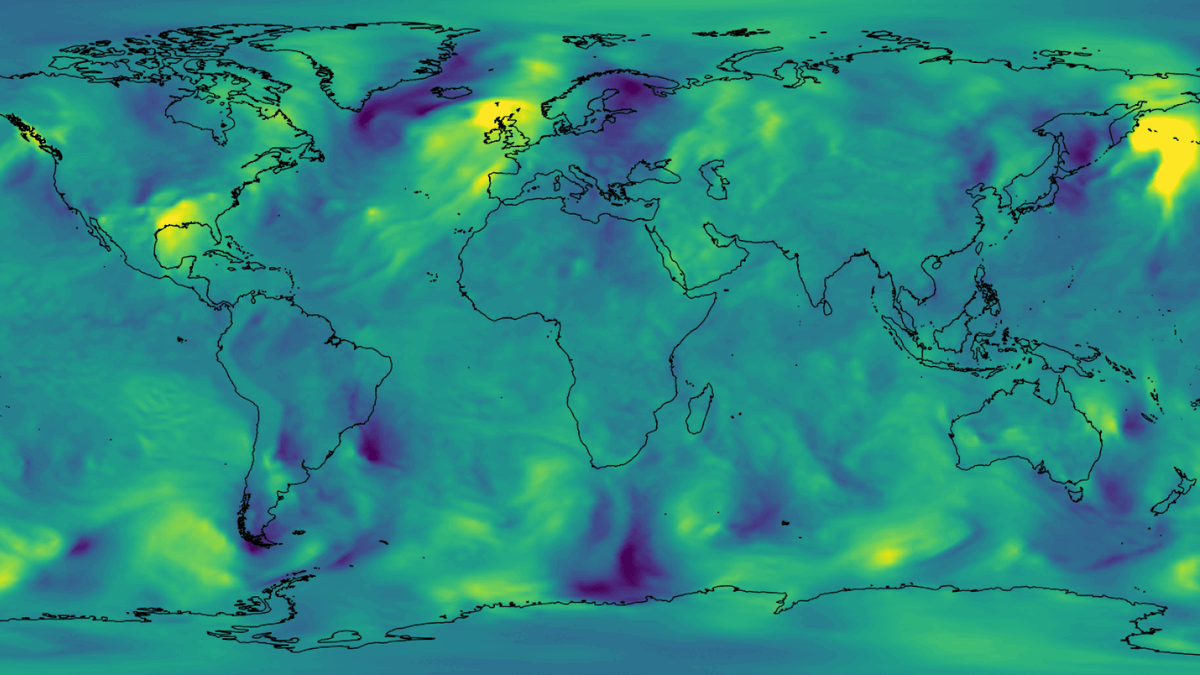



















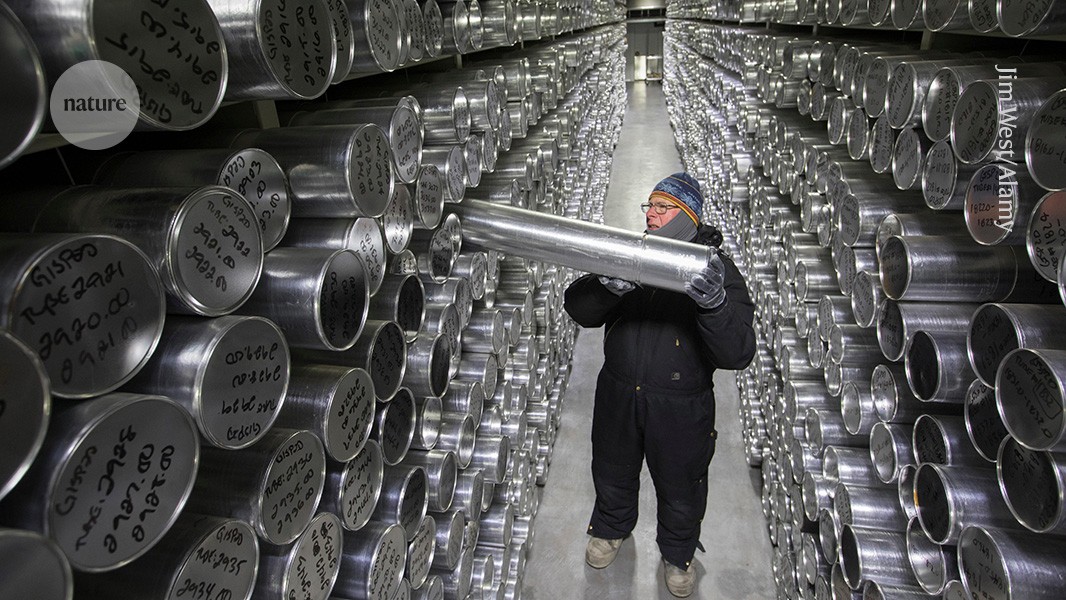












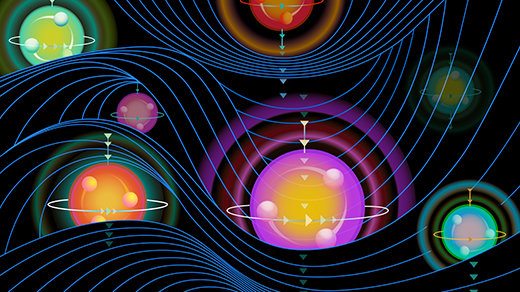
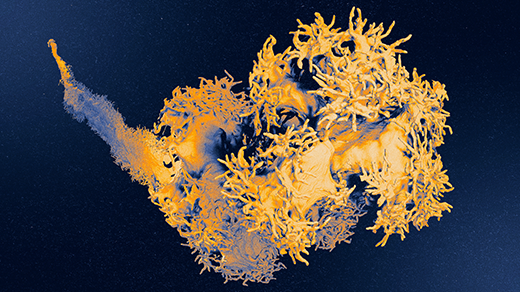





.jpg)
































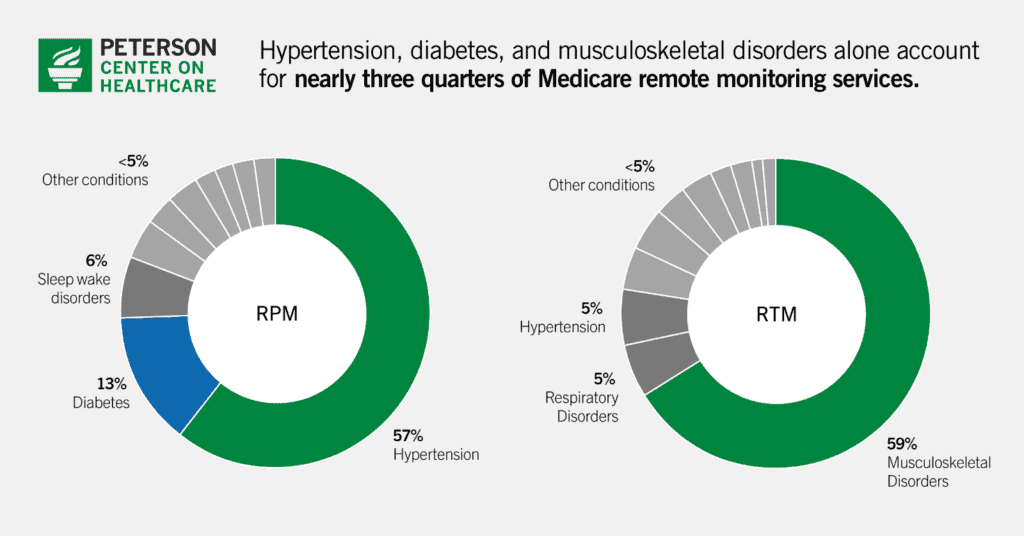


















![The breaking news round-up: Decagear launches today, Pimax announces new headsets, and more! [APRIL FOOL’S]](https://i0.wp.com/skarredghost.com/wp-content/uploads/2025/03/lawk_glasses_handson.jpg?fit=1366%2C1025&ssl=1)
















